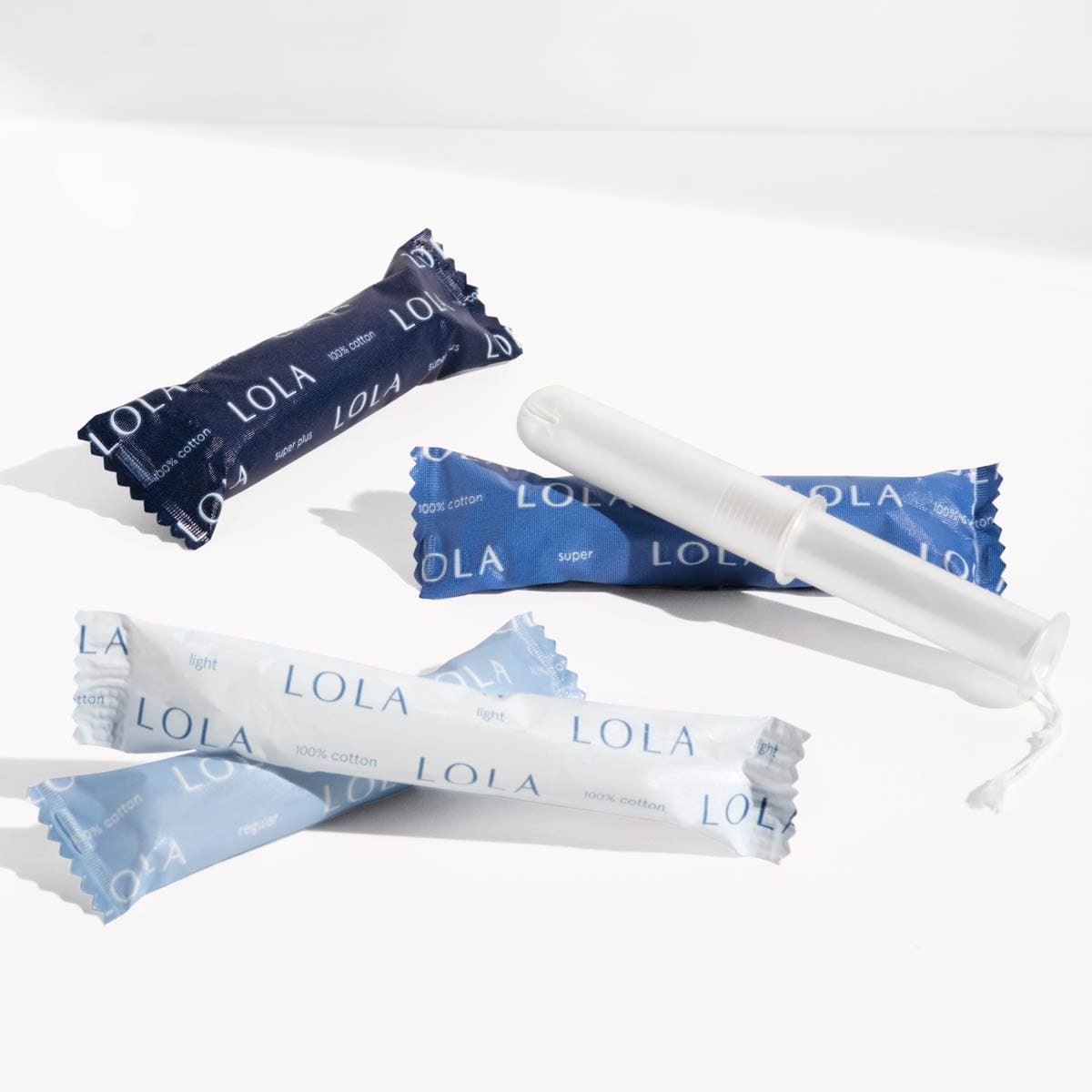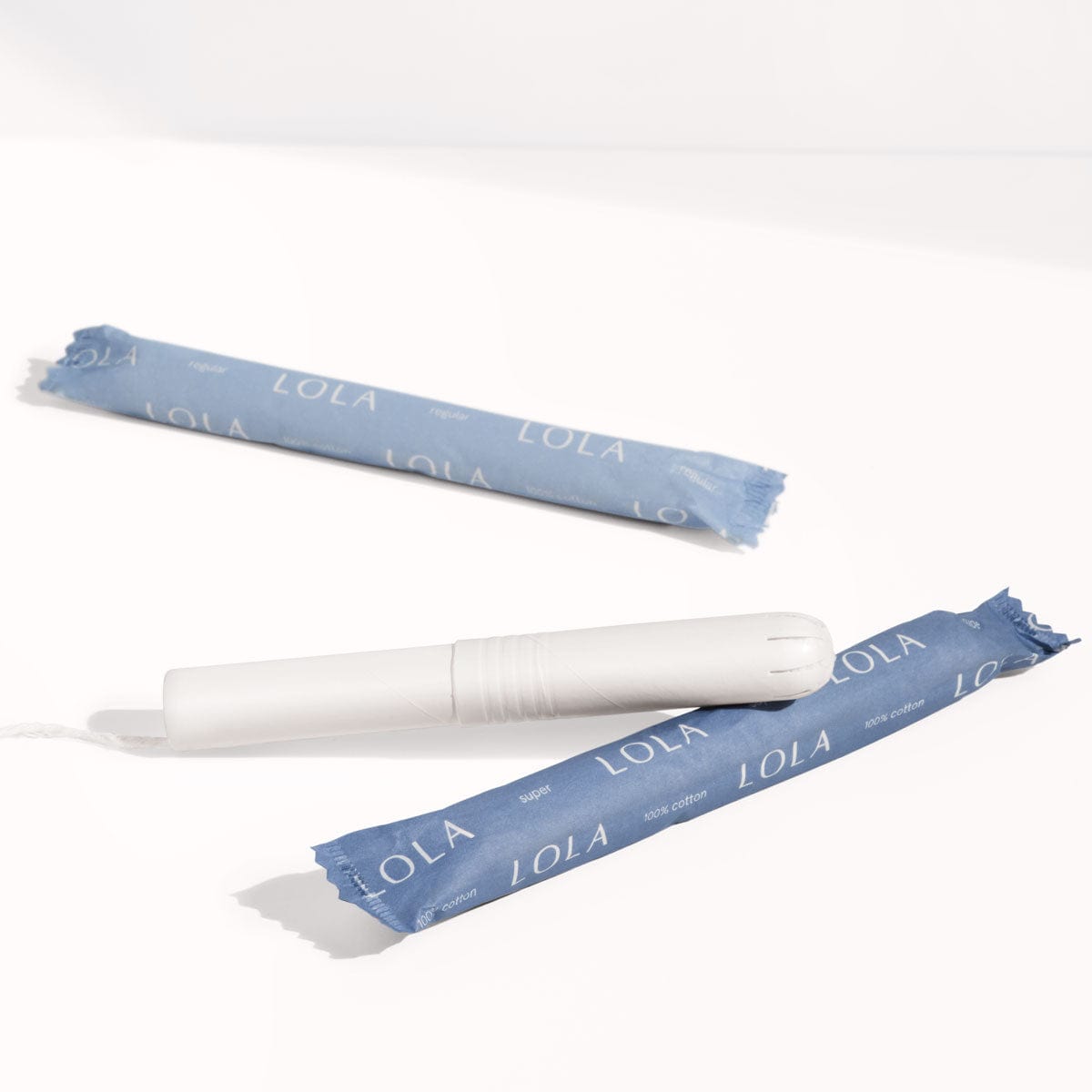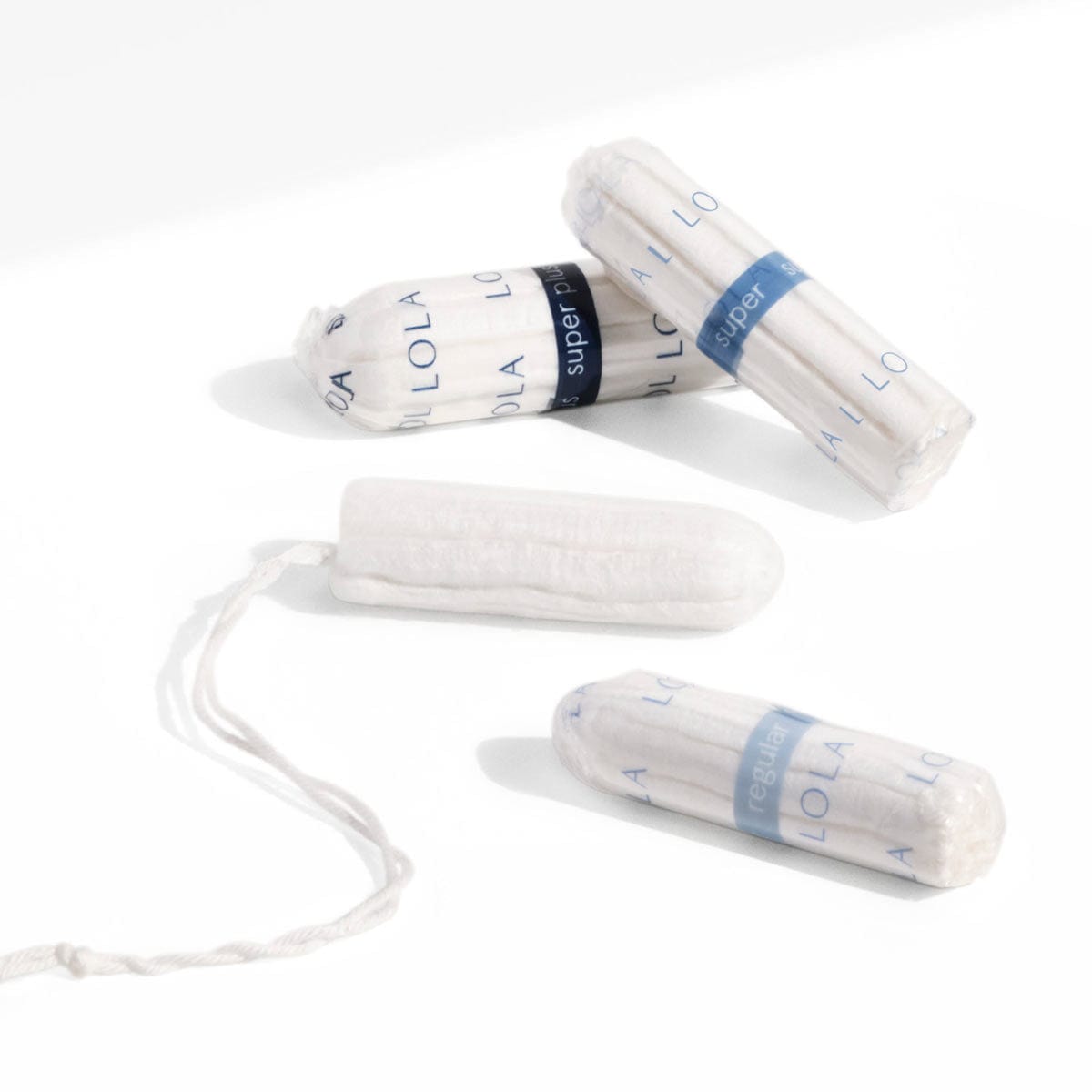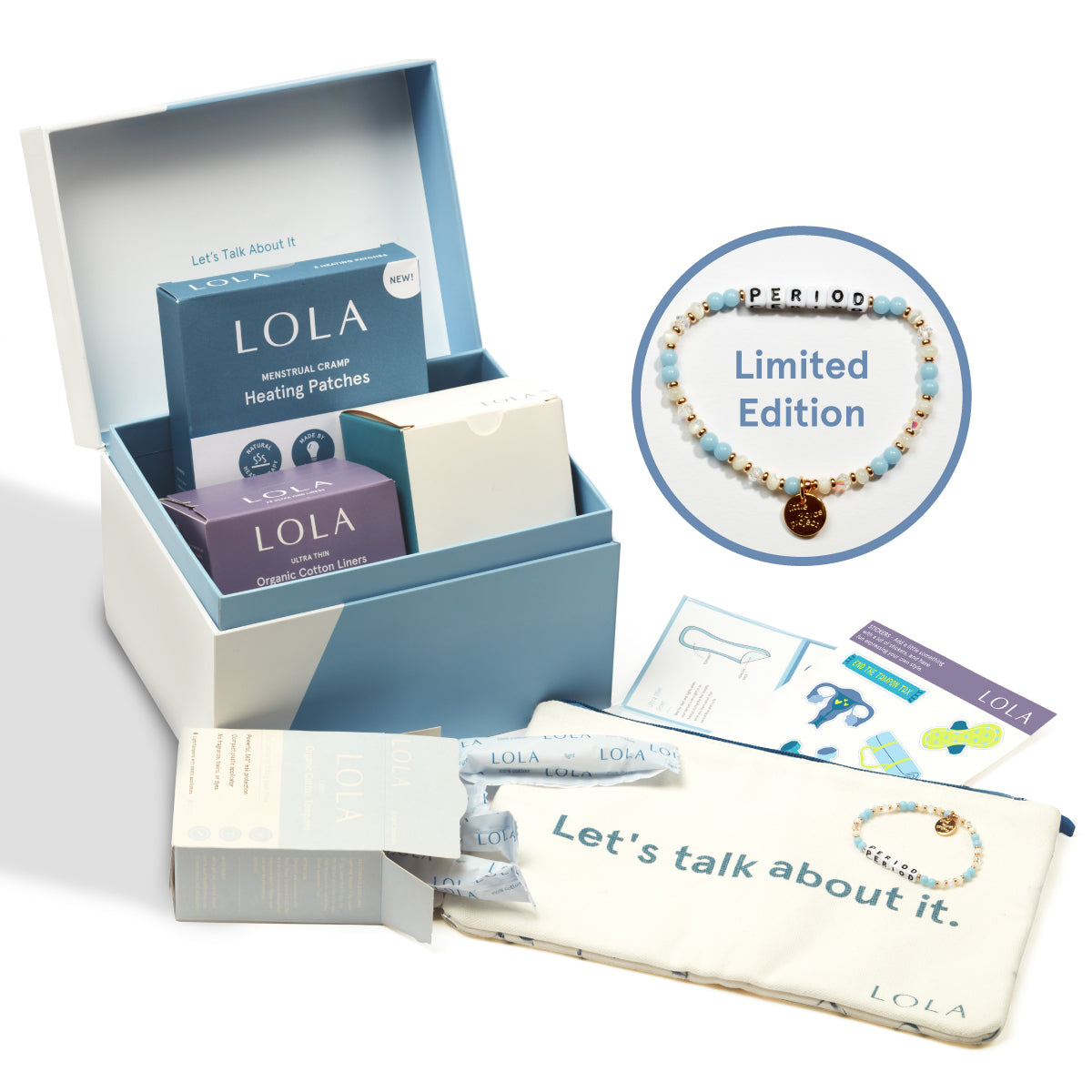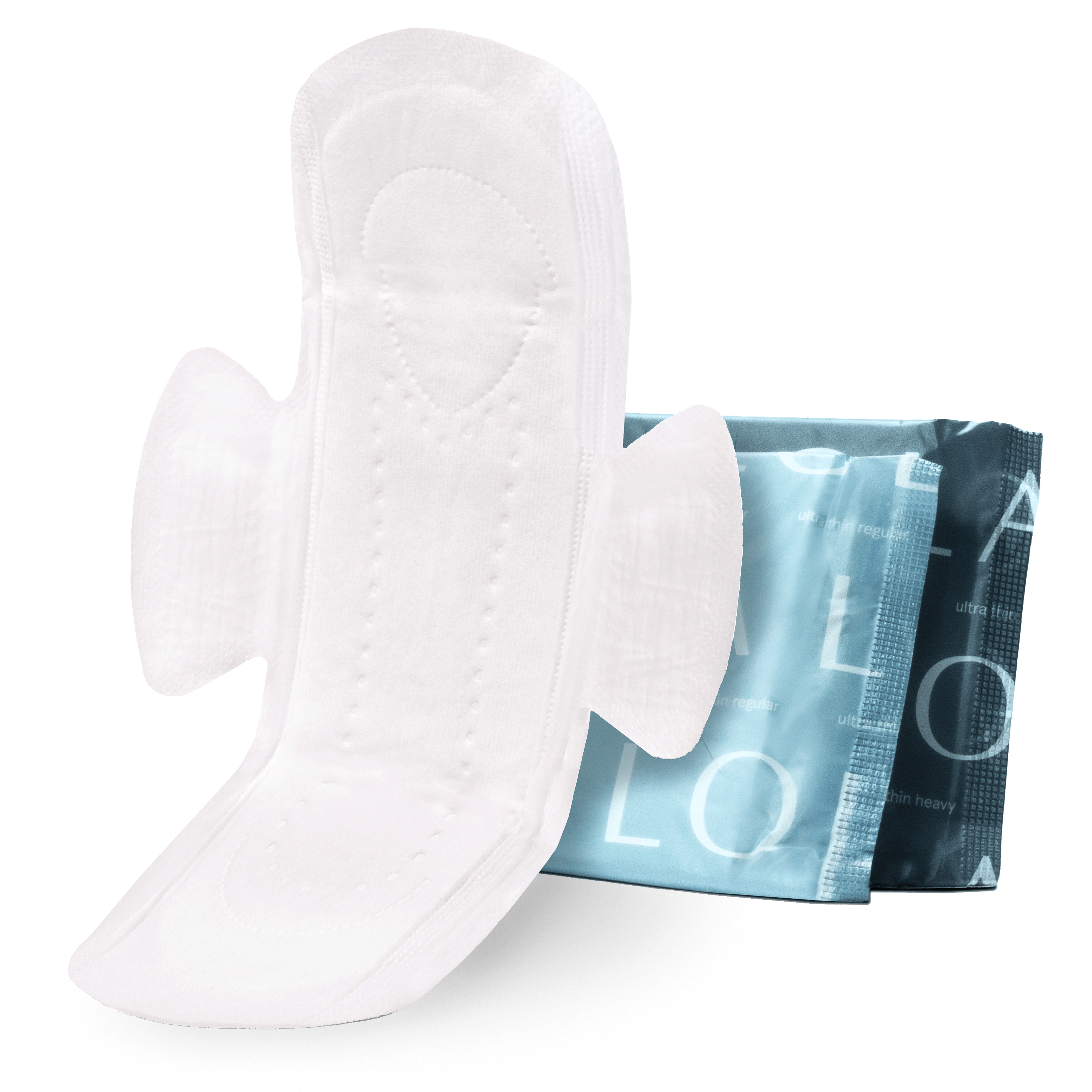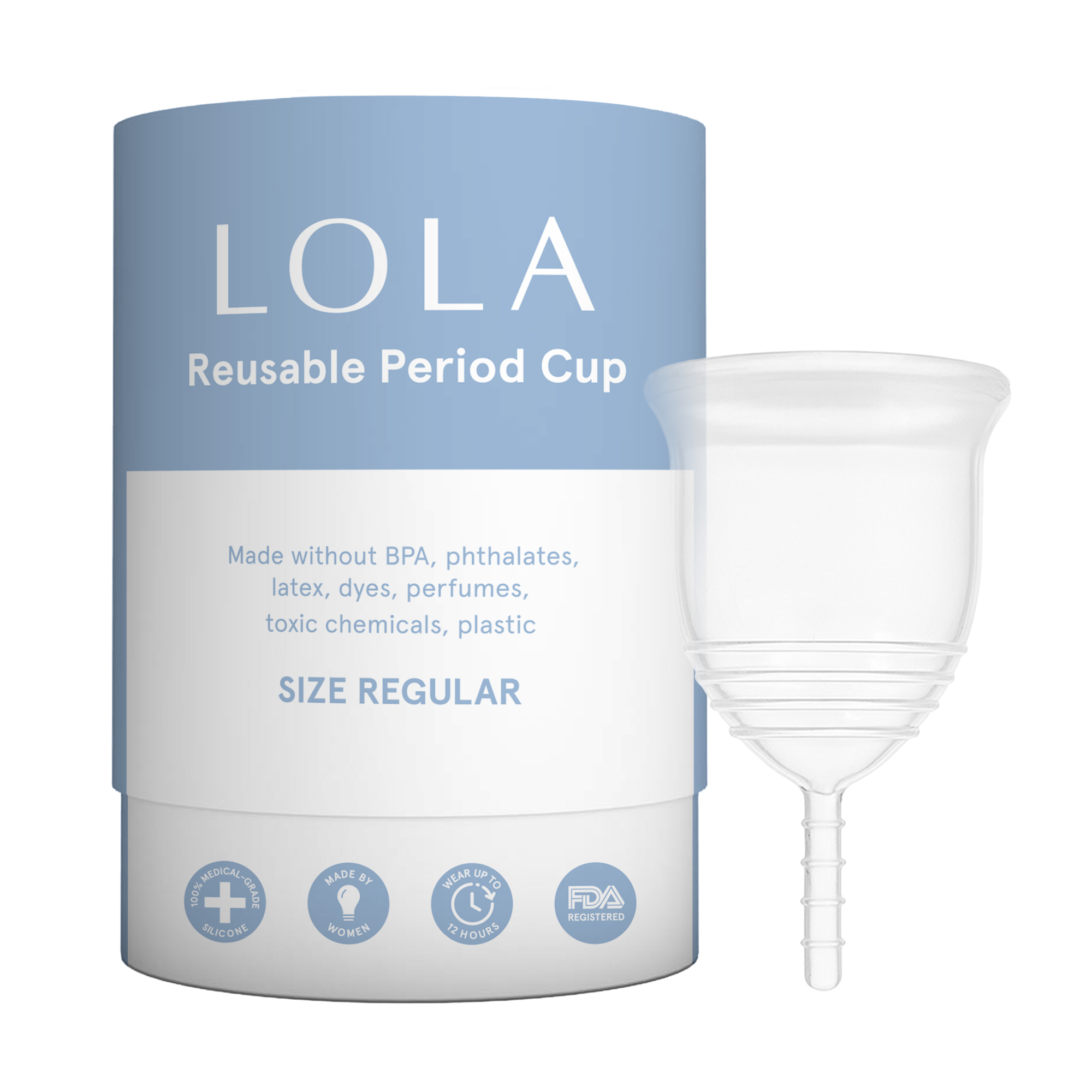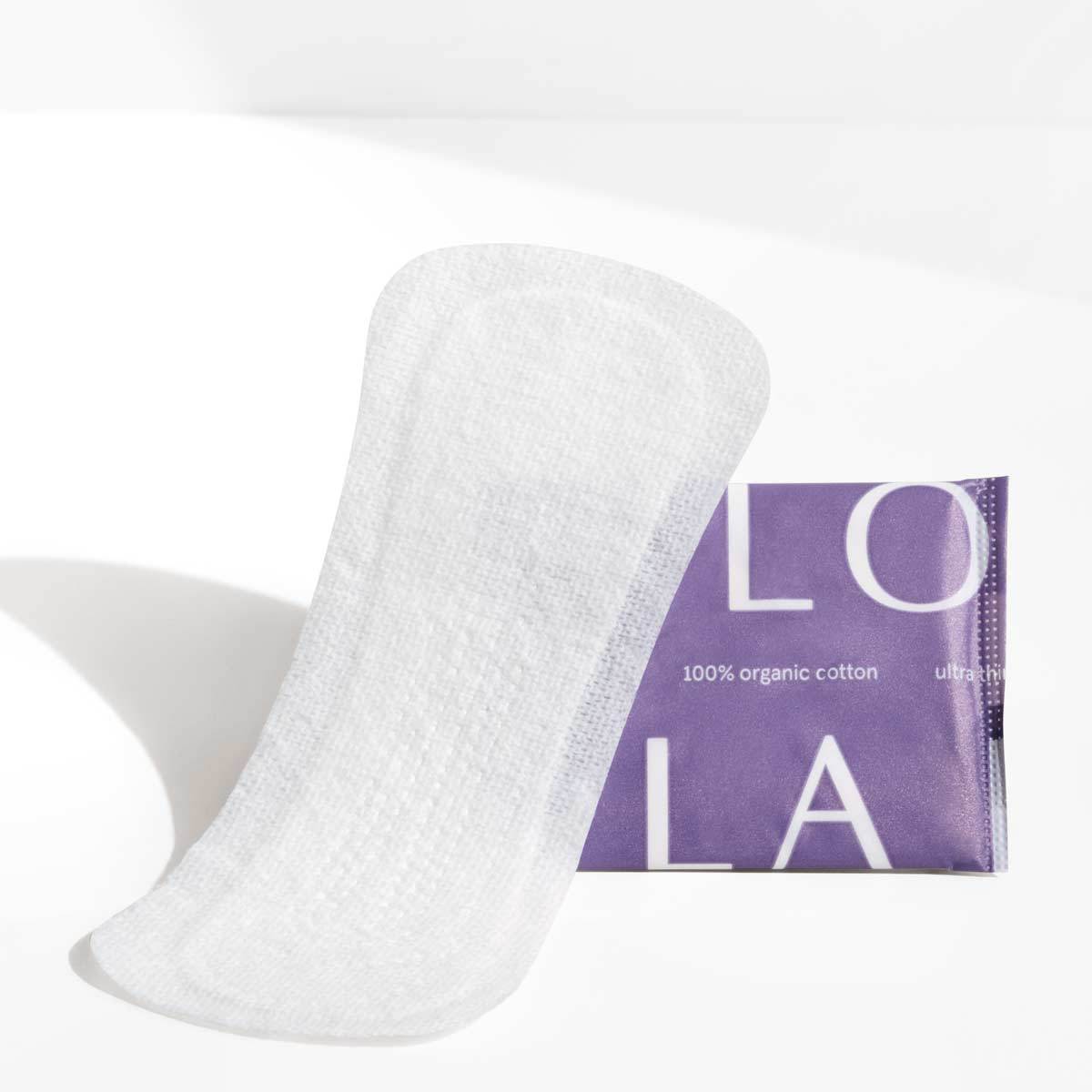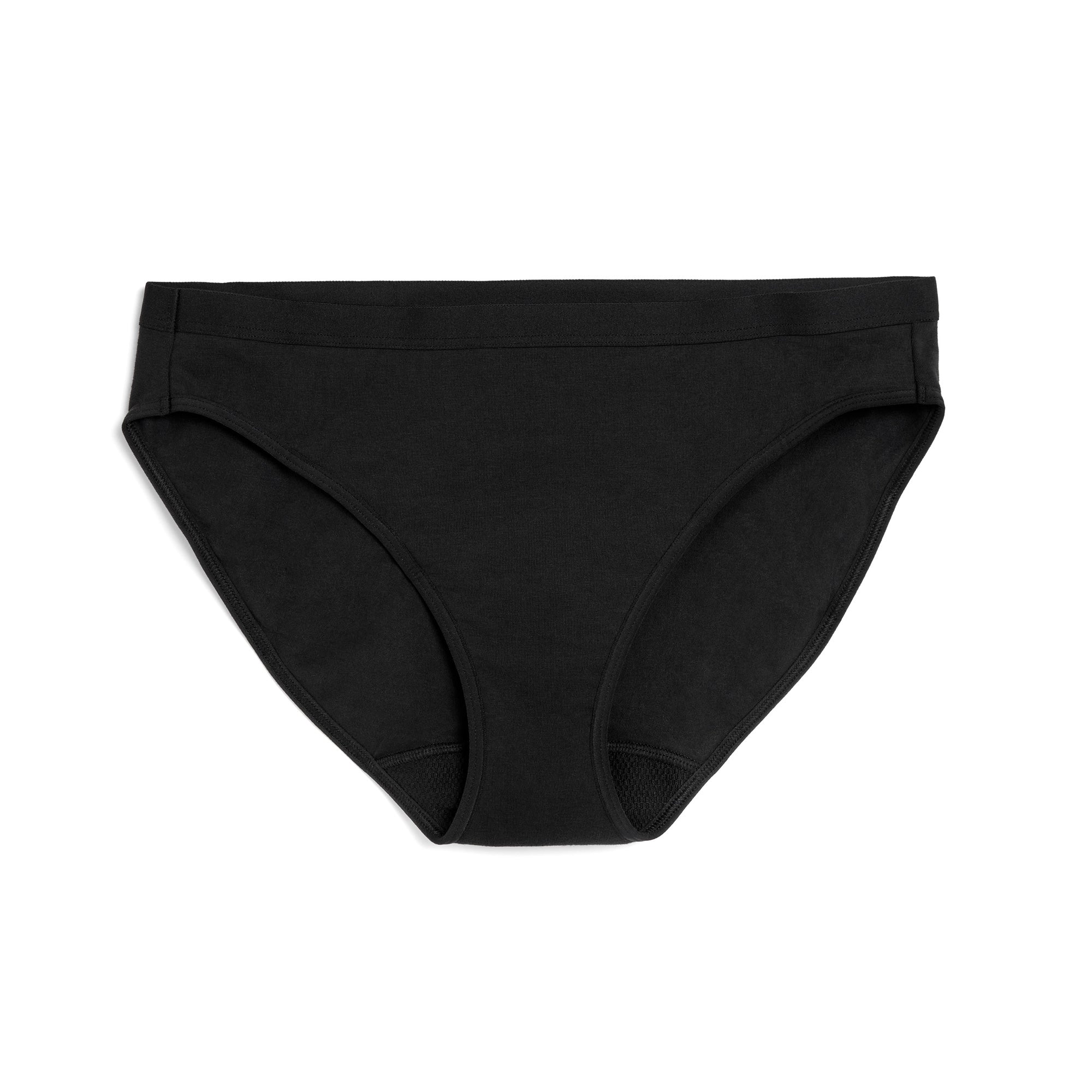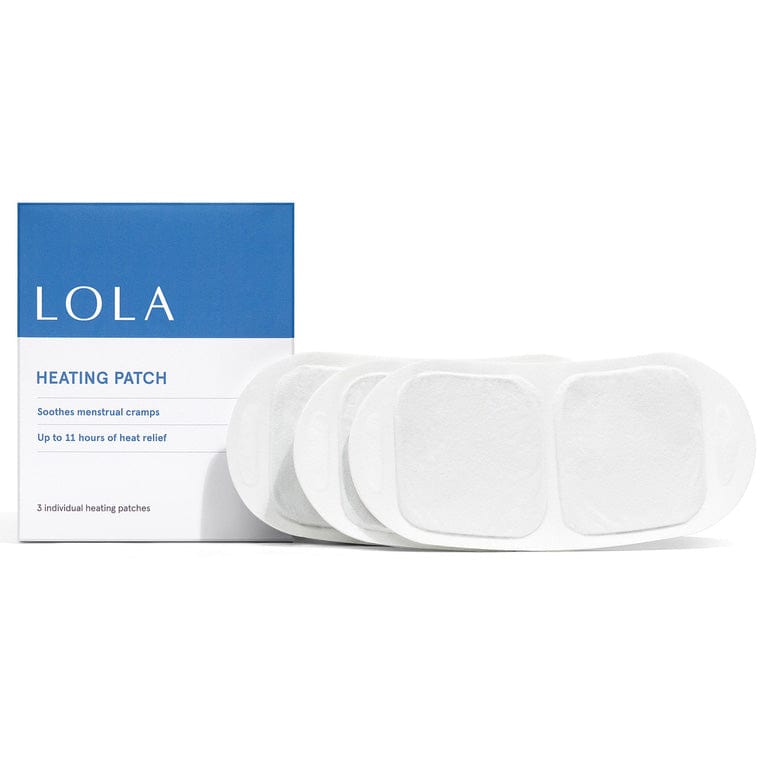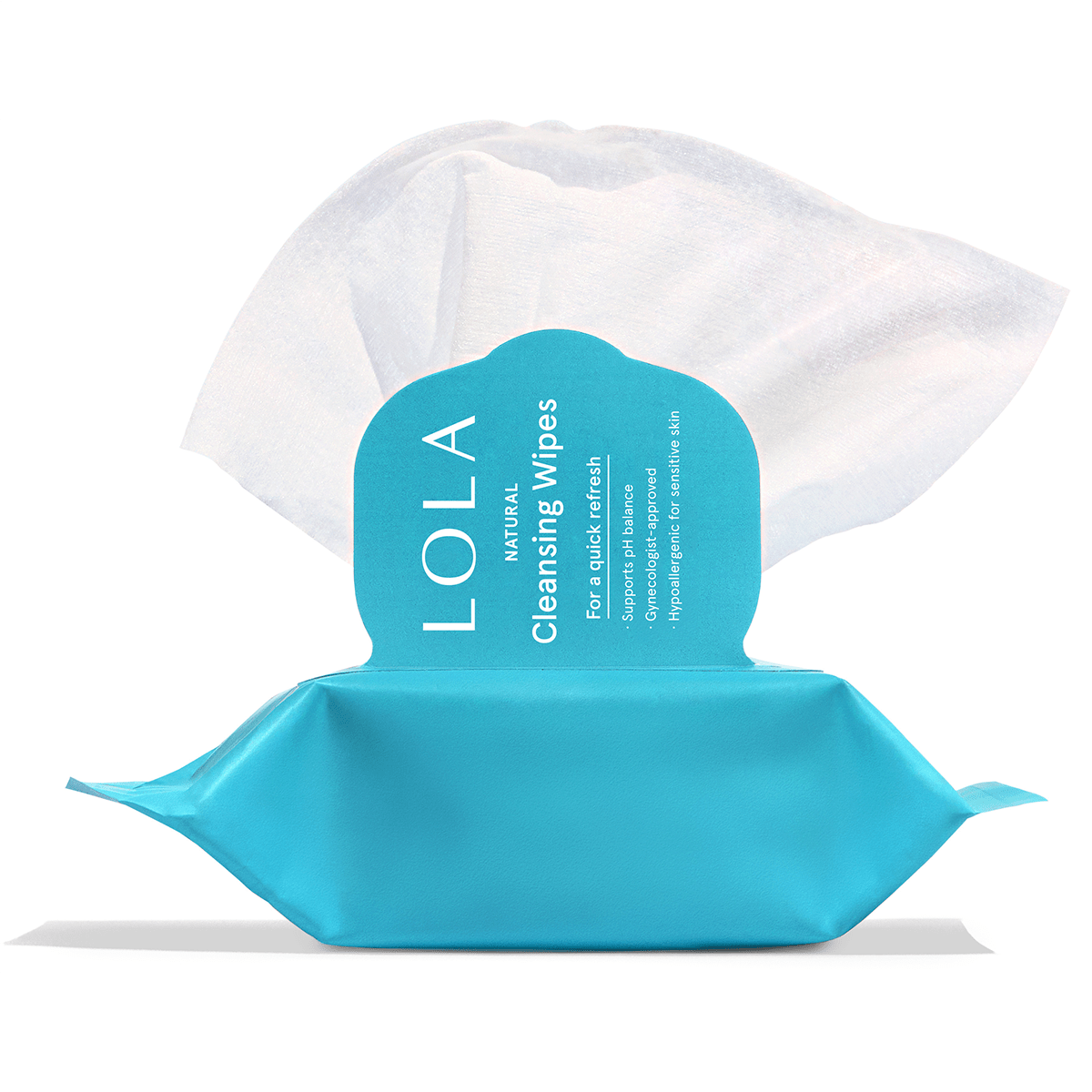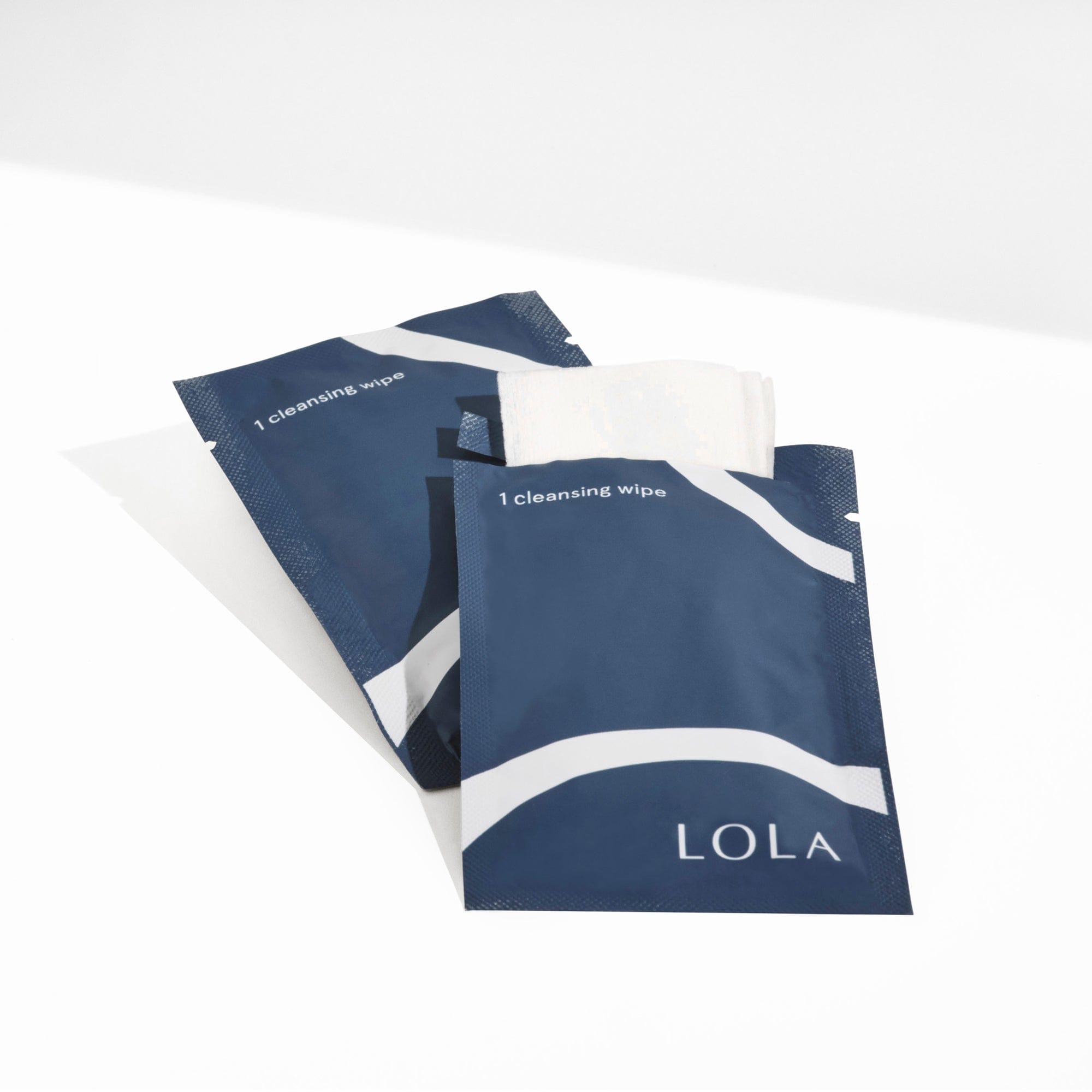The tampon has been around for millennia, but it hasn't always looked like the version we know today. While it's hard to know exactly how women dealt with their periods during certain centuries (let's be real: history is mostly written by men, and they didn't seem to feel a need to take detailed records of what it's like to be a person with a period), we do know that the tampon has undergone quite a few makeovers. Read on to find out just how they've changed over the years.
Egypt, 15th century B.C.: The Museum of Menstruation reports that women in ancient Egypt wrote about using "honey and galena" that they wrapped up in a piece of "fine linen" and then inserted into the vagina for four days. However, it's unclear if they used the honey-galena mixture as tampons during their periods or to clear up unrelated discharge. Either way, there's some evidence to show they did use them in some capacity.
Greece, 5th century B.C.: "According to a 2015 piece by the Atlantic, women reportedly fashioned tampons out of lint that was then rolled around a piece of wood. Sounds pleasant, huh? However, historian Helen King disputes that notion, arguing that while there is evidence to show that Greek women did use wood-and-lint contraptions, they may have used them more as forms of contraception or to temporarily plug up excessive menstrual flows or wounds as opposed to using them regularly as tampons in the modern-day sense.
India, 4th century B.C.: It's said that women in India used tampons made out of oil and rock salt, though they weren't necessarily to aid in menstruation. In fact, the Encyclopedia of Birth Control states that they were used as a form of birth control, as rock salt is a pretty potent form of spermicide (it's also pretty unsafe, so, uh, don't try this one at home).
The U.S., 1834: Atlas Obscura reports that Eli Geddings, a South Carolina-based doctor, mentions opium-soaked pieces of linen in the Baltimore Medical and Surgical Journal and Review as a way to relieve severe menstrual cramps.
Britain, 1879: According to above-mentioned piece by the Atlantic, this is when one of the first iterations of the tampon as we know it arrived, though not much is known about it. Records in the British Medical Journal mention something called "Dr. Aveling's Vaginal Tampon-Tubes," which are described as "small unsilvered glass speculums with a wooden rod," and included a "kite-tail" tampon that was made of glycerin-soaked pieces of wool that were then pushed into the glass speculum and inserted into the vagina with the wooden rod. The Atlantic writes that it's not clear whether these tampon-tubes were actually designed to be used as tampons during menstruation or as a method of treating something else, and it's unclear how popular they were at the time.
The U.S., 1933: You can thank Dr. Earle Haas of Denver, Colorado, for patenting the first cotton tampon with an applicator in 1933. Most women in the U.S. at the time used sanitary pads " though makeshift tampons were popular around the world, they didn't take off in the U.S. until Haas came along. After a friend told Haas that she used a piece of sponge to soak up her flow, he developed the first cotton tampon with a disposable applicator. Unfortunately for Haas, he couldn't generate any interest in the tampon. According to Fusion, he sold the patent to Gertrude Tendrich, a German immigrant and businesswoman who founded Tampax (she sold the company in 1936).
Germany, 1936: German gynecologist Judith Esser-Mittag has been credited with creating the first non-applicator tampon. In fact, that's where the term o.b. tampon comes from: in German, "ohne binde" means "no pad." Also known as a digital tampon, the non-applicator tampon isn't as popular in the U.S. as it is elsewhere, but it has enjoyed massive popularity abroad, and according to the Atlantic, has outsold its applicator-ed counterpart for decades.
The U.S., 1972: While tampons surged in popularity during World War II " presumably because they were more comfortable than pads for the women who went to work while men were at war " they really took off for good in the U.S. in 1972, when the National Association of Broadcasters lifted its ban on advertising tampons on TV (but even then, you couldn't say "period" on TV until 1985).
The first tampon brand to advertise on TV was Rely, which was owned by Procter & Gamble. Initially hailed as a game-changing way to absorb a heavy flow, Rely was later linked to 38 fatal cases of toxic shock syndrome (TSS). The culprits were foam cubes and gelled carboxymethylcellulose, the two specific ingredients that also served to make Rely so absorbent. Procter & Gamble took Rely off the market in 1980, according to the New York Times. After the mid-eighties, TSS incidents went way down (though there were 59 cases in 2014).
Tampons have come a long way. Today's versions are safer, more convenient, and more effective than the early versions, and today, more than 42 percent of women in the U.S. use tampons. Who knows, maybe some day soon, we'll even have a "smart" tampon.
Shop the best organic cotton feminine products. We offer 100% cotton tampons and cotton pads for periods.
